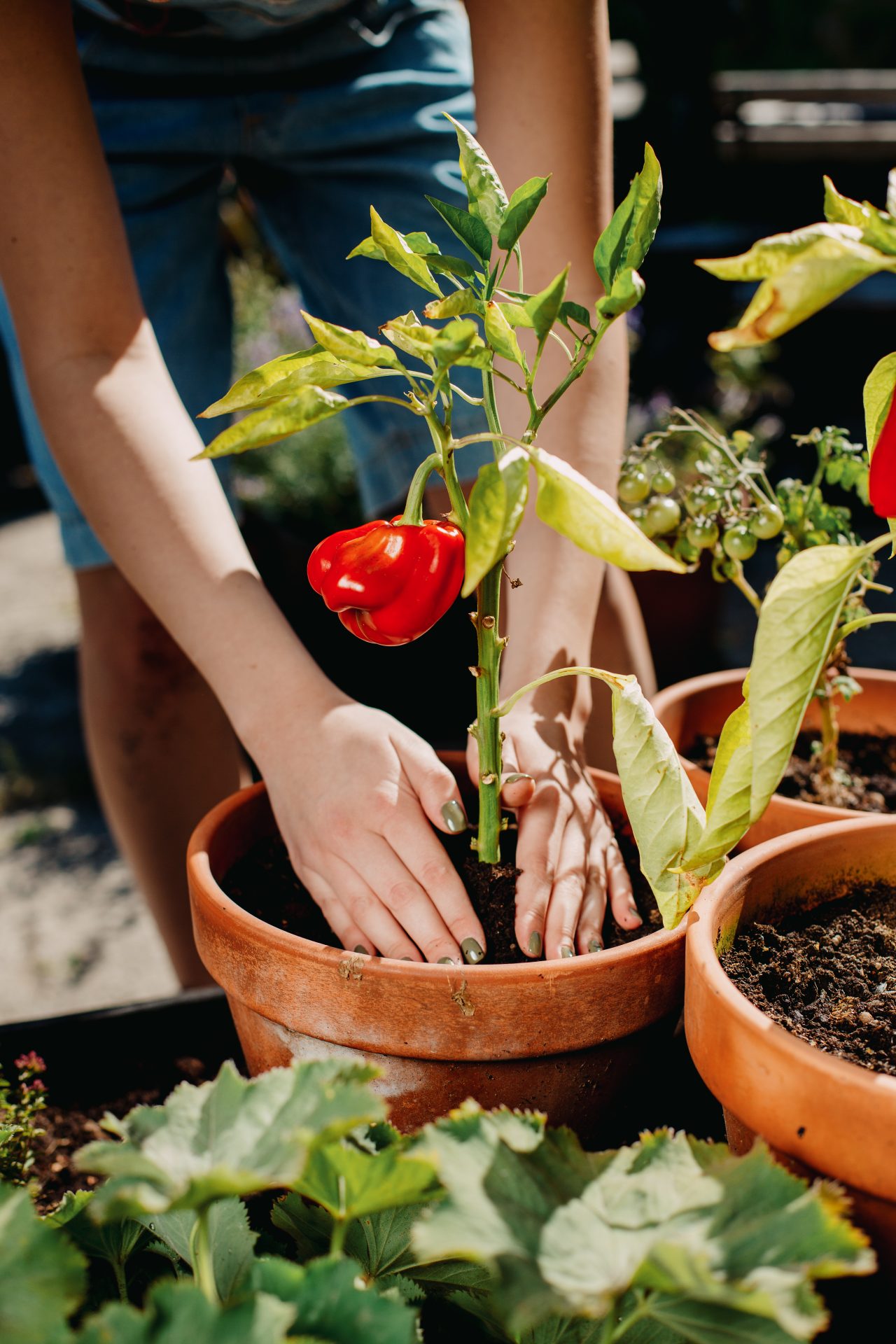


When to repot plants
A common issue for plant care beginners is not knowing when to repot plants. There are a few factors that should be taken into account for successfully repotting your plant. Here’s a beginners guide on how to detect when the time has come to change your green friend’s pot.
When and when not to
The right time to repot plants is when the pot has become too narrow. The pot is too narrow for your plant when the roots come out of the soil and climb over the upper edge of the pot or protrude out through a drain hole at the bottom of the pot. Most houseplants have awakened from their winter dormancy in March, so it’s a good time to transplant those that are outgrowing their pots. As a general rule, you should repot plants every two to three years. This will help prevent the roots from becoming pot-bound, which can lead to problems with water drainage and nutrient uptake.
It is recommended not to repot during winter which is the dormancy period for many plants. This is because the winter period can be energy-consuming for your plant and additional stress can cause damage to your plant’s health. Let your plant rest during the winter and do not put extra pressure during this time. The darkness of winter is hard on all of us, especially our green friends.
In addition to repotting
Remember that after transplanting, it is important to water your plant only if the soil feels dry at least 2 cm beneath the surface. You can test this easily by sticking your finger a bit deeper and feeling if the soil is damp to your touch. Repotting is also an opportunity to fertilize your green friend and give it the boost it needs. Do this by adding a handful of Plant-I-Boost Universal to the soil whilst repotting.
